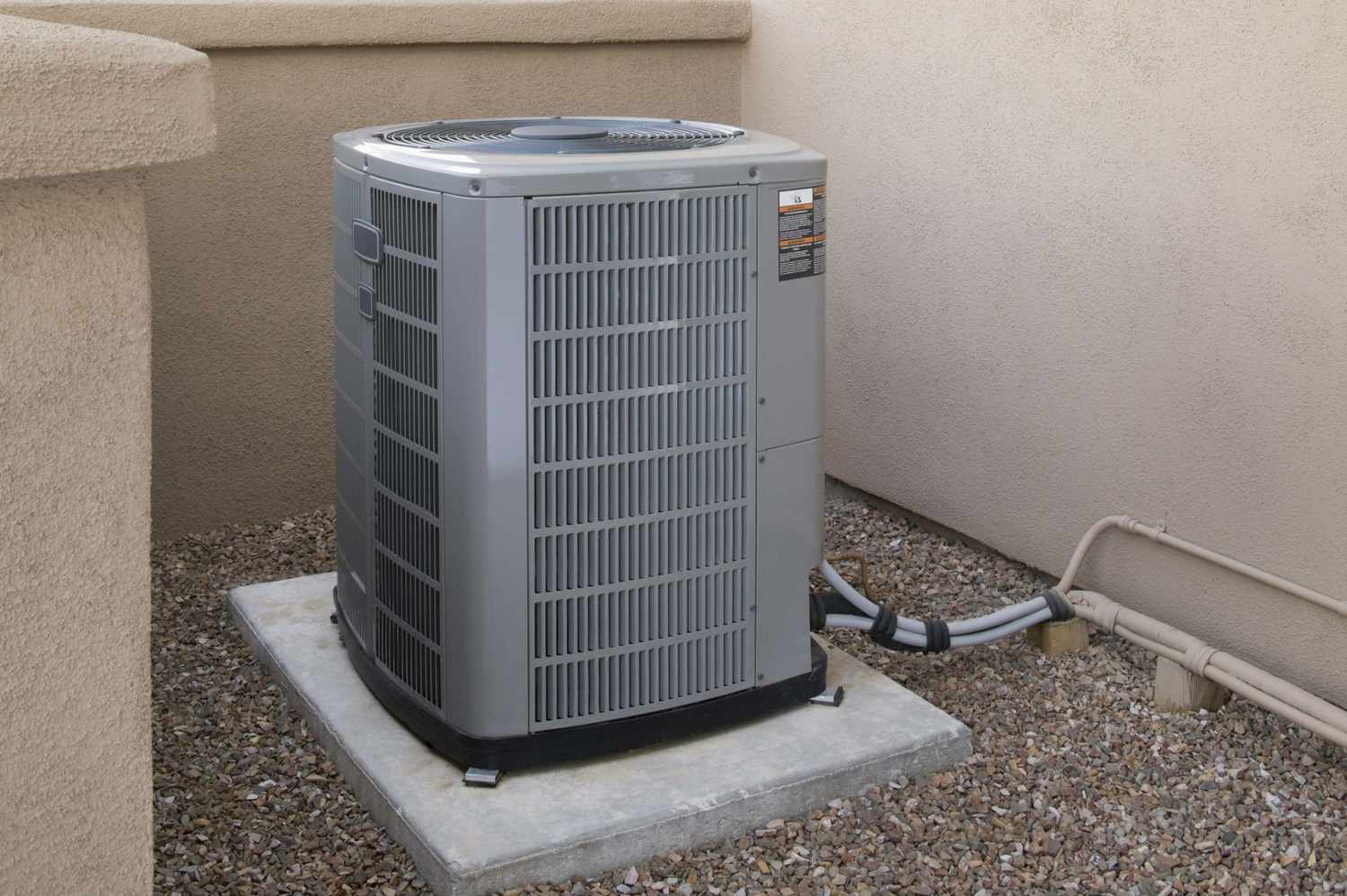

Articles
How Much Is a Fan Motor for an AC Unit
Modified: January 19, 2024
Find out how much a fan motor for an AC unit costs and get expert tips and articles on AC maintenance and repair.
(Many of the links in this article redirect to a specific reviewed product. Your purchase of these products through affiliate links helps to generate commission for Storables.com, at no extra cost. Learn more)
Introduction
Welcome to the world of air conditioning, where a small but mighty component known as the fan motor plays a crucial role in keeping us cool and comfortable. Whether you’re a homeowner with a central air conditioning system or a business owner with multiple AC units, understanding the importance of a fan motor and its associated costs is essential.
In this article, we will explore the significance of a fan motor in an AC unit, factors that can affect its cost, the average price range you can expect, different types of fan motors available, signs of a failing fan motor, steps to replace it, factors to consider before purchasing a new one, benefits of using a high-quality fan motor, and tips for maintaining and extending its lifespan.
So, let’s dive in and discover the world of fan motors and how they contribute to the efficient and effective operation of your AC unit.
Key Takeaways:
- Investing in a high-quality fan motor for your AC unit can lead to benefits such as improved energy efficiency, quieter operation, and a longer lifespan, ultimately contributing to greater comfort and cost savings in the long run.
- Regular maintenance, including cleaning, air filter replacement, and professional inspections, is essential for extending the lifespan of a fan motor and ensuring optimal performance of your AC unit.
Read more: How Much Is an AC Fan Motor
Importance of a Fan Motor in an AC Unit
When it comes to the functioning of an air conditioning unit, the fan motor plays a vital role in circulating air and maintaining a consistent indoor temperature. It is responsible for both the airflow inside the unit and the movement of air through the ventilation system into the living space.
The primary function of a fan motor is to draw in warm air from the room and pass it over the cooling coils, which are responsible for removing heat from the air. This cooled air is then circulated back into the room, providing a comfortable and refreshing environment. Without a properly functioning fan motor, the cooling process would be inefficient or even impossible.
In addition to cooling, a fan motor also plays a crucial role in improving air quality. By continuously circulating air through the AC unit and the filter system, it helps to remove dust, allergens, and other particles from the indoor air, ensuring a healthier breathing environment for occupants.
A well-functioning fan motor also ensures proper ventilation by maintaining a constant flow of fresh air into the living space. This is especially important for commercial establishments such as offices, restaurants, and retail stores, where there is a higher concentration of people and a greater need for adequate air exchange.
Furthermore, a fan motor helps to regulate humidity levels within a building. As the air passes over the cooling coils, moisture condenses and is collected in a drain pan. The fan motor then helps to evaporate this collected moisture, preventing excess humidity and reducing the likelihood of mold and mildew growth.
Overall, the fan motor is a critical component of an AC unit, ensuring efficient cooling, improved air quality, proper ventilation, and humidity control. Without a properly functioning fan motor, the performance and effectiveness of the entire air conditioning system would be compromised.
Factors Affecting the Cost of a Fan Motor
The cost of a fan motor for an AC unit can vary depending on several factors. Understanding these factors can help you make an informed decision when purchasing a replacement fan motor. Here are some key factors that can affect the cost:
- Motor Type: The type of fan motor you need will greatly impact its cost. AC units can have different types of fan motors, such as single-speed motors, multi-speed motors, or variable-speed motors. Variable-speed motors, which offer more precise control and energy efficiency, tend to be more expensive than single-speed motors.
- Motor Size and Power: The size and power of the fan motor required for your AC unit can also influence the cost. Larger AC units may require more powerful fan motors, which can be pricier due to their increased capacity.
- Brand and Quality: The brand and quality of the fan motor can significantly impact its cost. Well-known and reputable brands often come with a higher price tag, but they also offer better reliability and performance. It’s important to strike a balance between quality and cost to ensure the longevity of your AC unit.
- Warranty: The warranty provided by the manufacturer can affect the cost of a fan motor. Fan motors with longer warranty periods can be more expensive upfront but provide added peace of mind in case of any issues or malfunctions down the line.
- Installation Complexity: The complexity of installing the fan motor can also impact the overall cost. If the installation requires additional labor or modifications to the AC unit, it may result in higher installation costs.
- Availability and Market Conditions: The availability of fan motors and market conditions can also affect pricing. In some cases, the demand for certain types or brands of fan motors may drive up the cost temporarily.
It’s important to consider these factors when budgeting for a fan motor replacement. While cost is a significant consideration, it’s equally crucial to focus on the quality, compatibility, and long-term value the fan motor will provide for your AC unit.
Average Price Range for a Fan Motor
The price range for a fan motor can vary depending on several factors such as the motor type, brand, and size. On average, you can expect to spend anywhere from $100 to $500 for a replacement fan motor for an AC unit.
Single-speed fan motors, which are the most common type, typically fall on the lower end of the price range. These motors provide a fixed speed and are generally more affordable, with prices ranging from $100 to $300.
Multi-speed fan motors, which offer multiple speed options for better control over airflow, tend to be priced slightly higher. Depending on the brand and capacity, you can expect to pay between $200 and $400 for a multi-speed fan motor.
Variable-speed fan motors, which provide the ultimate in control and energy efficiency, are typically the most expensive option. These motors can vary their speed based on the cooling needs, resulting in optimal comfort and energy savings. Prices for variable-speed fan motors can range from $300 to $500.
It’s essential to note that these price ranges are approximate and can vary based on factors such as brand reputation, motor size, and availability. Additionally, the cost of the fan motor does not include installation fees, which can vary depending on the complexity of the installation and the HVAC contractor’s rates.
To ensure you get the best value for your money, it’s recommended to compare prices from different suppliers and consider the warranties and customer reviews associated with each motor. Investing in a high-quality fan motor may require a higher upfront cost but can save you money in the long run by providing better performance, energy efficiency, and durability.
Remember, the price of a fan motor should not be the sole determining factor. Consider the specifications, compatibility with your AC unit, and overall quality when making your decision. It’s also advisable to consult with a qualified HVAC professional to ensure you choose the right fan motor for your specific needs.
Types of Fan Motors Available for AC Units
When it comes to fan motors for AC units, there are several types available, each with its own features and benefits. Understanding the different types can help you make an informed decision when choosing a replacement fan motor. Here are the main types of fan motors commonly used in AC units:
- Single-Speed Fan Motors: Single-speed fan motors are the most common type found in AC units. These motors operate at a fixed speed, typically set to provide sufficient airflow for standard cooling needs. Single-speed fan motors are reliable, cost-effective, and easy to install.
- Multi-Speed Fan Motors: Multi-speed fan motors offer more flexibility compared to single-speed motors. These motors have multiple speed settings, allowing you to adjust the airflow and customize the comfort level in your space. Multi-speed fan motors are useful in situations where you may need different airflow levels, such as during mild weather or when specific rooms have varying cooling requirements.
- Variable-Speed Fan Motors: Variable-speed fan motors are the most advanced and efficient type of fan motors available for AC units. These motors can vary their speed based on the cooling needs of the space. Variable-speed fan motors provide precise control over airflow and can adjust their speed to match the desired temperature, resulting in optimal comfort and energy savings. These motors are typically more expensive but offer superior performance and efficiency.
- ECM (Electronically Commutated Motor) Fan Motors: ECM fan motors are a newer technology that provides improved energy efficiency and performance. These motors use advanced electronics to control the speed and airflow. ECM fan motors are known for their quiet operation, reduced energy consumption, and ability to adjust their speed based on system demands. While these motors may have a higher upfront cost, their energy-saving capabilities can compensate for the initial investment over time.
When choosing a fan motor for your AC unit, consider factors such as your cooling needs, budget, and desired energy efficiency. If you’re unsure which type of fan motor is suitable for your unit, consult with an HVAC professional who can assess your specific requirements and recommend the most appropriate option.
It’s important to note that not all types of fan motors may be compatible with every AC unit. Consider the specifications and compatibility requirements of your AC unit before making a purchase. Additionally, it’s recommended to choose fan motors from reputable brands that offer warranties and have a track record of reliable performance.
By understanding the different types of fan motors available and selecting the right one for your AC unit, you can ensure efficient cooling, reliable performance, and optimal energy savings.
Read also: 13 Best AC Fan Motor for 2024
Signs of a Failing Fan Motor
A fan motor plays a crucial role in the proper functioning of your AC unit. When the fan motor starts to fail, it can result in reduced cooling efficiency, poor airflow, and potential damage to the overall system. Recognizing the signs of a failing fan motor can help you address the issue promptly. Here are some common signs to watch out for:
- Strange Noises: Unusual or loud noises coming from the AC unit, such as grinding, squealing, or banging sounds, may indicate a problem with the fan motor. These noises can happen due to motor bearings wearing out or loose components within the motor.
- Diminished Airflow: If you notice a decrease in the airflow coming from the vents, it may be a sign of a failing fan motor. The motor’s inability to generate sufficient force can result in weakened airflow, causing the AC unit to struggle to cool the space effectively.
- Inconsistent Cooling: If some areas of your home or business are cooler than others, it could indicate an issue with the fan motor. A failing motor may not distribute cool air evenly, leading to temperature inconsistencies throughout the space.
- Overheating: When a fan motor is failing, it may generate excessive heat. You may notice hot air coming from the vents instead of the expected cool air. Overheating can damage the motor and other components of the AC unit, potentially leading to a system breakdown.
- Frequent Cycling: If your AC unit is frequently turning on and off, it could be due to a failing fan motor. The motor’s inability to maintain consistent airflow can cause the system to cycle more frequently in an attempt to maintain the desired temperature.
- Burning Smell: A burning or acrid smell coming from the AC unit can indicate an issue with the fan motor. It could be a result of overheating or electrical problems within the motor, and it should be addressed immediately to prevent further damage or safety hazards.
- Excessive Energy Consumption: A failing fan motor can cause the AC unit to work harder to achieve the desired cooling level. As a result, you may notice a significant increase in your energy bills without a corresponding increase in comfort. Monitoring your energy consumption can help identify if a failing fan motor is to blame.
If you notice any of these signs, it’s advisable to contact a professional HVAC technician to diagnose and repair the problem. Attempting to repair or replace the fan motor yourself can be dangerous and can potentially cause further damage to the AC system. A qualified technician will be able to inspect the fan motor, determine the cause of the issue, and recommend the appropriate course of action.
Addressing a failing fan motor promptly can help prevent further damage to your AC unit, improve its energy efficiency, and ensure the comfort of your living or working space.
When purchasing a fan motor for an AC unit, it’s important to consider the size and type of the motor needed for your specific unit. It’s also a good idea to compare prices from different suppliers to ensure you’re getting the best deal.
Steps to Replace a Fan Motor in an AC Unit
Replacing a fan motor in an AC unit requires careful attention to detail and should be done by a qualified HVAC professional. However, understanding the general steps involved can give you an idea of the process. Here are the typical steps to replace a fan motor:
- Turn off the Power: Before starting any work, ensure the power to the AC unit is turned off. This can be done by switching off the circuit breaker or disconnecting the power supply.
- Access the Fan Motor: Open the access panel or remove the protective cover to gain access to the fan motor. This may involve unscrewing or unfastening the necessary parts using the appropriate tools.
- Disconnect Wires: Carefully disconnect the wires connected to the motor, noting their positions for reconnection later. It’s crucial to follow proper safety procedures to avoid electrical shocks.
- Remove the Fan Blade: Hold the fan blade in place with one hand while unscrewing the mounting bolt or nut with the other. Once loose, carefully slide the fan blade off the motor shaft.
- Remove the Motor: Unscrew the motor mounting screws or bolts that secure it in place. Gently lift and remove the old motor from the housing or bracket.
- Install the New Motor: Position the new fan motor in the housing or bracket, aligning it properly. Secure the motor by fastening the mounting screws or bolts according to the manufacturer’s guidelines.
- Reinstall the Fan Blade: Slide the fan blade onto the motor shaft, ensuring it is properly aligned. Secure it in place by tightening the mounting bolt or nut.
- Connect the Wires: Reconnect the wires to the new fan motor, matching them to their corresponding terminals. Follow proper wiring procedures to prevent any electrical issues.
- Test the AC Unit: Double-check that all connections are secure and properly insulated. Once everything is in place, restore the power to the AC unit and test its operation to ensure the new fan motor is functioning correctly.
- Replace the Access Panel: Once the new fan motor is installed and tested, replace the access panel or protective cover, ensuring it is securely fastened.
It’s important to note that these steps are meant to provide a general overview of the process and should not replace professional expertise. Each AC unit may have specific requirements, and improper installation can result in equipment damage or safety hazards.
When it comes to fan motor replacement, it is always recommended to hire a licensed HVAC technician. They have the necessary knowledge, experience, and tools to safely replace the fan motor, ensuring proper installation and optimal performance of your AC system.
Factors to Consider Before Purchasing a Fan Motor
When it’s time to replace a fan motor in your AC unit, several factors should be taken into consideration to ensure you make the right purchasing decision. Considering these factors can help you select a fan motor that is compatible with your unit, meets your performance requirements, and offers good value for money. Here are some essential factors to consider:
- Motor Compatibility: One of the most critical factors is ensuring the fan motor is compatible with your AC unit. Check the motor specifications, such as voltage, horsepower, and size, to ensure it matches the requirements of your AC unit. It’s wise to consult the unit’s manufacturer or an HVAC professional to confirm the compatibility before making a purchase.
- Motor Type and Features: Consider the type of motor that best suits your needs. Assess whether a single-speed, multi-speed, or variable-speed motor is suitable for your desired level of airflow control and energy efficiency. Additionally, consider any additional features or technologies offered by the motor, such as advanced electronic control or energy-saving capabilities.
- Brand Reputation and Reliability: Choose a fan motor from a reputable brand known for its reliability and quality. Research and read customer reviews to get an idea of the brand’s reputation and the durability of its products. Investing in a well-established brand can ensure a longer lifespan and better performance for your fan motor.
- Energy Efficiency: Look for fan motors with high energy efficiency ratings. Energy-efficient motors can help reduce electricity consumption and lower your utility bills. Look for motors with the ENERGY STAR® label, as they meet strict energy efficiency guidelines set by the Environmental Protection Agency.
- Price and Warranty: Assess the cost of the fan motor and consider it in relation to your budget without compromising on quality. Compare prices from different suppliers and balance the initial investment with the potential savings and performance benefits it offers. Additionally, check the length and coverage of the warranty provided by the manufacturer to ensure you have proper protection in case of any defects or issues.
- Professional Installation: Plan for professional installation by a licensed HVAC technician. Fan motor replacement involves electrical wiring and intricate connections, which require specialized knowledge and tools. Hiring a professional ensures proper installation and reduces the risk of damage to the motor or the AC unit.
By considering these factors before purchasing a fan motor, you can ensure a smooth replacement process, optimal performance, and long-term satisfaction with your AC unit. Consulting with an HVAC professional can provide valuable guidance tailored to your specific needs and ensure you choose the right fan motor for your AC system.
Benefits of Using a High-Quality Fan Motor
When it comes to replacing a fan motor in your AC unit, investing in a high-quality motor can bring numerous benefits that enhance the performance, efficiency, and longevity of your system. Here are some key advantages of using a high-quality fan motor:
- Reliability and Durability: High-quality fan motors are built to last. They are designed with superior materials and craftsmanship, resulting in increased reliability and durability. With a reliable motor, you can have peace of mind knowing that your AC unit will operate smoothly for an extended period without frequent breakdowns or malfunctions.
- Better Energy Efficiency: High-quality fan motors are often more energy-efficient compared to lower-quality counterparts. These motors are designed to provide optimal performance while consuming less energy. By using a high-quality fan motor, you can reduce energy consumption, lower your utility bills, and contribute to a greener and more sustainable environment.
- Improved Airflow: High-quality fan motors are capable of delivering better airflow throughout your living or working space. They ensure that cool air is distributed evenly, providing consistent and effective cooling. Improved airflow also enhances air quality by helping to circulate and filter out dust, allergens, and other impurities, creating a healthier indoor environment.
- Quieter Operation: Lower-quality fan motors can often generate noise and vibrations during operation, causing discomfort and disturbance. High-quality fan motors are designed to minimize noise and provide quieter operation. This contributes to a more peaceful and comfortable environment for you and those around you.
- Enhanced Control and Features: High-quality fan motors often come with advanced control features that allow for better customization and adjustment of airflow. For example, variable-speed fan motors provide the ability to adjust the speed according to specific cooling needs, resulting in greater control and comfort. Some high-quality motors may also incorporate smart technology, allowing for remote control and integration with home automation systems.
- Longer Lifespan: Due to their superior construction and design, high-quality fan motors tend to have a longer lifespan compared to lower-quality alternatives. Investing in a high-quality motor reduces the likelihood of premature failures and the need for frequent replacements. This ultimately saves you money in the long run by minimizing repair and replacement costs.
When purchasing a fan motor, prioritize quality over price. While high-quality motors may come with a higher initial cost, the benefits they offer in terms of performance, efficiency, and longevity outweigh the upfront expense. It’s essential to choose a fan motor from a reputable brand that has a proven track record of providing reliable and durable products.
To ensure proper installation and optimal performance, always hire a licensed HVAC professional to replace and install the fan motor. They have the expertise and experience to handle the installation effectively and ensure that the motor operates at its best.
By investing in a high-quality fan motor, you can expect improved performance, enhanced energy efficiency, quieter operation, and a longer lifespan for your AC unit, all of which contribute to greater comfort and cost savings in the long term.
Read also: 10 Amazing AC Condenser Fan Motor for 2024
Tips for Maintaining and Extending the Lifespan of a Fan Motor
A fan motor is a critical component of your AC unit, and proper maintenance is key to ensuring its longevity and optimal performance. By following these tips, you can maintain and extend the lifespan of your fan motor:
- Regular Cleaning: Keep the fan motor and surrounding area clean and free from dust and debris. Use a soft brush or a vacuum with a brush attachment to gently remove dirt and dust from the motor, blades, and surrounding components. This prevents the build-up of dirt, which can impede airflow and strain the motor.
- Check and Replace Air Filters: Dirty or clogged air filters restrict airflow and put additional strain on the fan motor. Regularly inspect the air filters and replace them as needed, following the manufacturer’s recommendations. Clean air filters allow the fan motor to operate more efficiently and reduces the risk of overheating.
- Maintain Proper Lubrication: Some fan motors require lubrication to reduce friction and ensure smooth operation. Consult the manufacturer’s guidelines or a professional technician to determine if lubrication is necessary. If so, use the recommended lubricant and apply it as directed to the motor bearings and other moving parts.
- Monitor Motor Temperature: Keep an eye on the temperature of the fan motor during operation. If it feels excessively hot or emits a burning odor, it may indicate a problem. Overheating can lead to motor failure, so it’s essential to address the issue promptly by contacting a qualified HVAC technician.
- Schedule Professional Maintenance: Regular professional maintenance is crucial for the health of your AC unit and fan motor. Schedule annual or bi-annual maintenance visits with a licensed HVAC technician who can inspect, clean, and tune-up the entire system, including the fan motor. They can identify any potential issues and address them before they lead to more significant problems.
- Keep the Surrounding Area Clear: Ensure that the area around the AC unit, including the fan motor, is clear of any obstructions or debris. Avoid storing items near the unit and maintain adequate spacing for proper airflow. This prevents the motor from working harder than necessary and reduces the risk of damage.
- Address Issues Promptly: If you notice any abnormal sounds, decreased airflow, or other signs of fan motor problems, don’t delay in addressing them. Contact a professional HVAC technician to diagnose and resolve the issue before it escalates. Timely repairs and maintenance can prevent further damage and extend the lifespan of the fan motor.
- Follow Manufacturer’s Guidelines: Always follow the manufacturer’s instructions and recommendations for maintenance and care of the fan motor. This includes guidance on lubrication, cleaning, and other specific requirements. Adhering to these guidelines ensures that you are maintaining the motor correctly and avoiding any potential warranty issues.
By following these maintenance tips, you can keep your fan motor in optimal condition and extend its lifespan. Regular cleaning, proper lubrication, regular filter replacement, and professional maintenance are essential to ensure the fan motor operates efficiently, saves energy, and lasts for many years to come.
Remember, whenever you are unsure about any maintenance or repair tasks, it’s always best to consult a qualified HVAC professional who can provide expert guidance and perform the necessary maintenance to keep your AC unit and fan motor in top shape.
Conclusion
In conclusion, the fan motor is a crucial component of an AC unit that plays a vital role in maintaining a comfortable and cool environment. Understanding the importance of a fan motor and its associated costs can help you make informed decisions when it comes to maintenance, repairs, or replacements.
We discussed the factors that affect the cost of a fan motor, such as motor type, brand, and installation complexity. The average price range for a fan motor can vary from $100 to $500, depending on these factors. We also explored the different types of fan motors available, including single-speed, multi-speed, and variable-speed motors, each with its own benefits and considerations.
Recognizing the signs of a failing fan motor is crucial to addressing the issue promptly. Strange noises, diminished airflow, inconsistent cooling, overheating, frequent cycling, burning smells, and excessive energy consumption are all signs that indicate a failing fan motor and the need for a replacement.
Replacing a fan motor should be done by a professional HVAC technician who can safely follow the necessary steps. These steps include turning off the power, accessing the fan motor, disconnecting wires, removing the fan blade and motor, installing the new motor, connecting wires, testing the AC unit, and replacing the access panel.
Before purchasing a fan motor, consider factors such as motor compatibility, type, brand reputation, energy efficiency, price, and warranty. Investing in a high-quality fan motor offers benefits such as reliability, energy efficiency, improved airflow, quieter operation, enhanced control features, and a longer lifespan. Hiring a professional technician for installation ensures proper installation and optimal performance.
Maintaining and extending the lifespan of a fan motor involves regular cleaning, proper air filter maintenance, lubrication if necessary, monitoring motor temperature, professional maintenance, keeping the surrounding area clear, addressing issues promptly, and following manufacturer’s guidelines.
In conclusion, by understanding the importance of a fan motor, recognizing the signs of a failing motor, and taking appropriate steps for maintenance and replacement, you can ensure the smooth functioning, efficiency, and longevity of your AC unit. Consult with a qualified HVAC professional for any maintenance, repairs, or replacements to ensure the best possible performance and comfort for your living or working space.
Frequently Asked Questions about How Much Is A Fan Motor For An AC Unit
Was this page helpful?
At Storables.com, we guarantee accurate and reliable information. Our content, validated by Expert Board Contributors, is crafted following stringent Editorial Policies. We're committed to providing you with well-researched, expert-backed insights for all your informational needs.
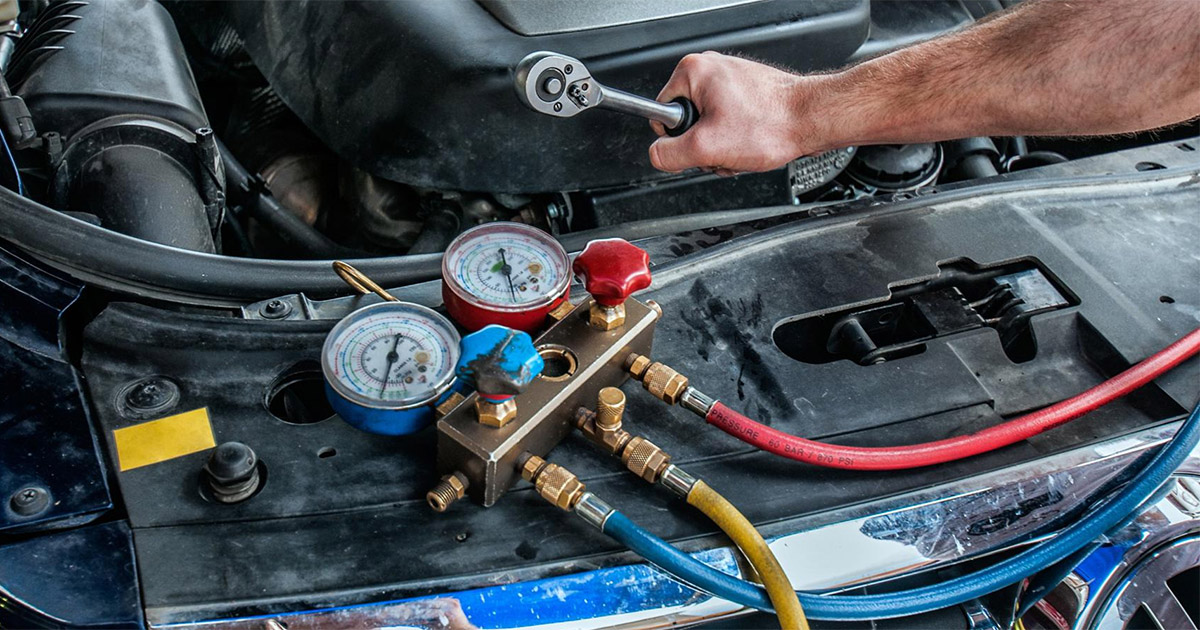
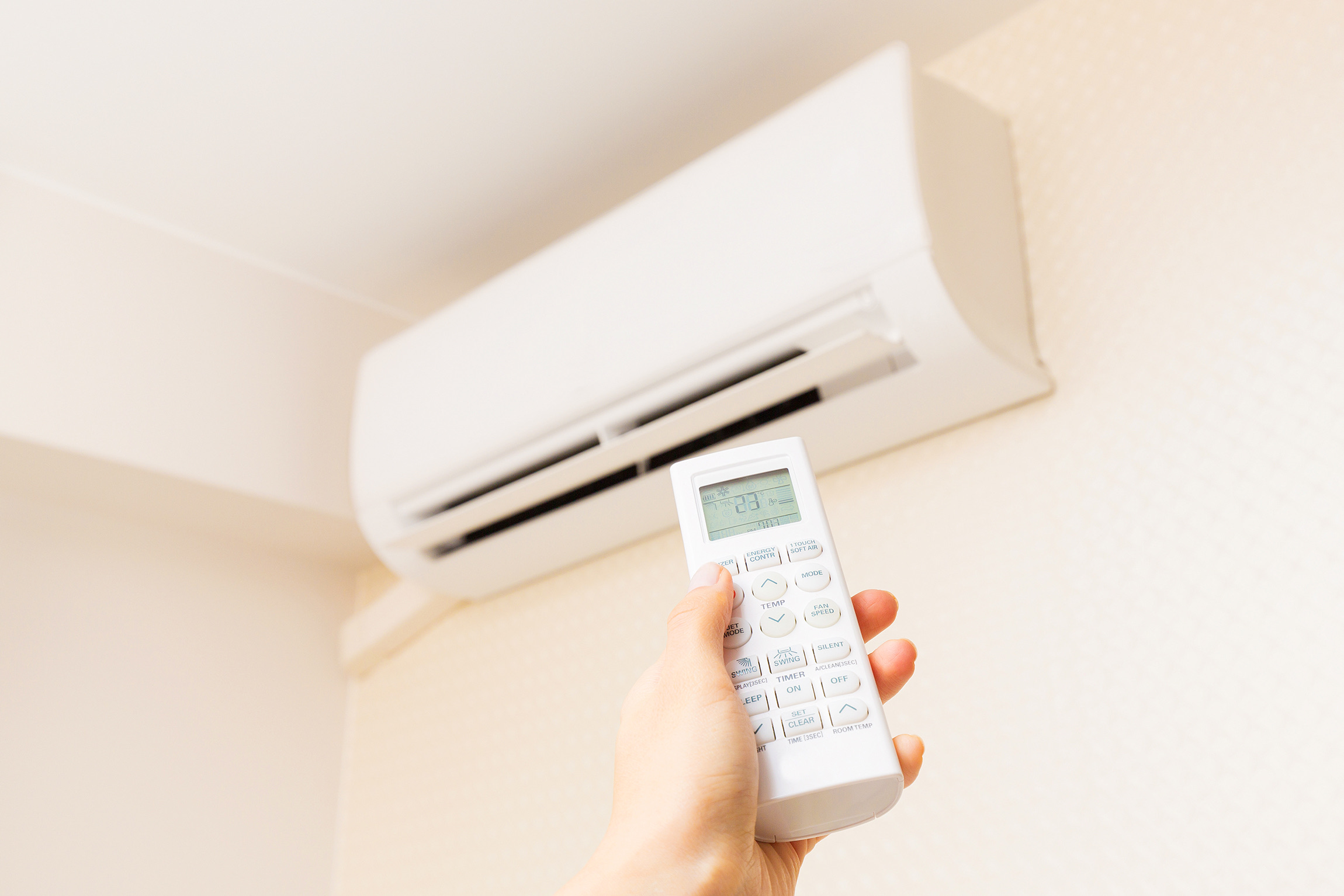
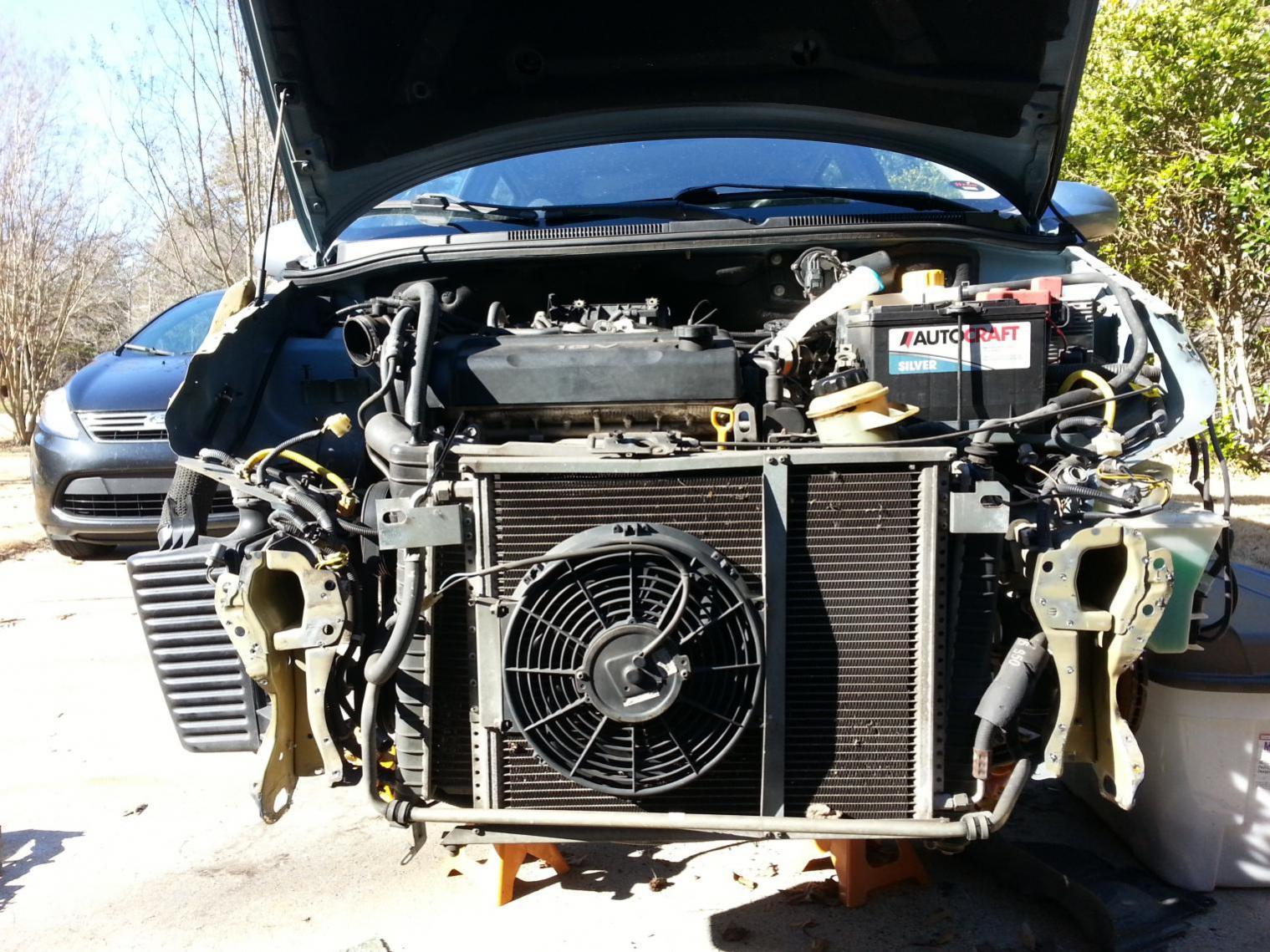
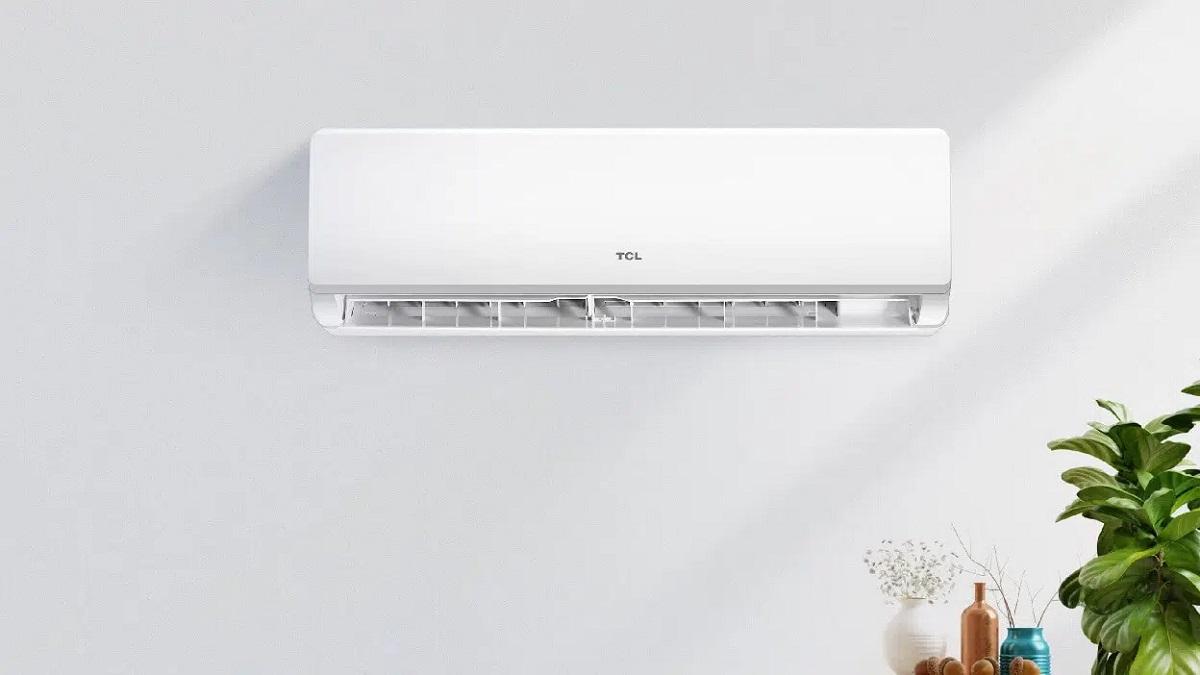
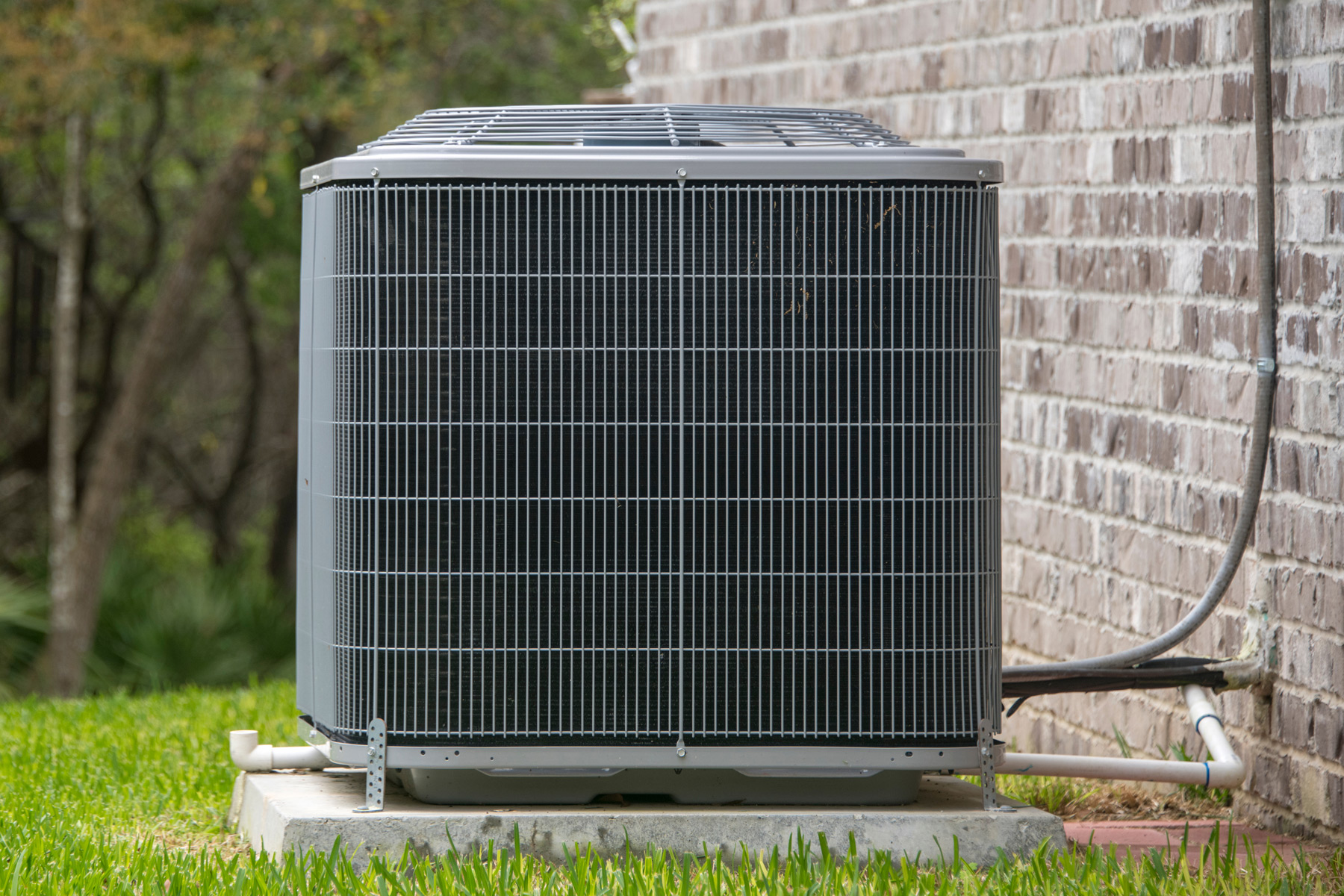
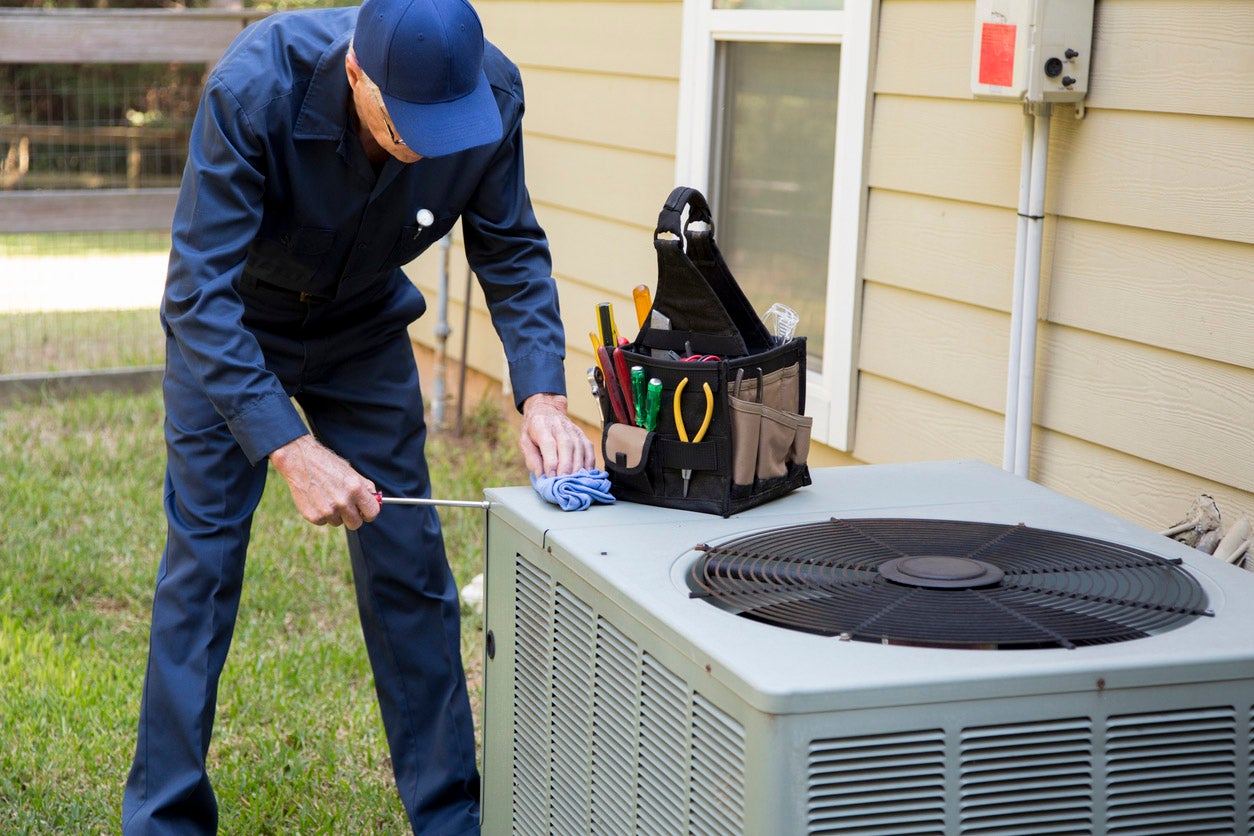
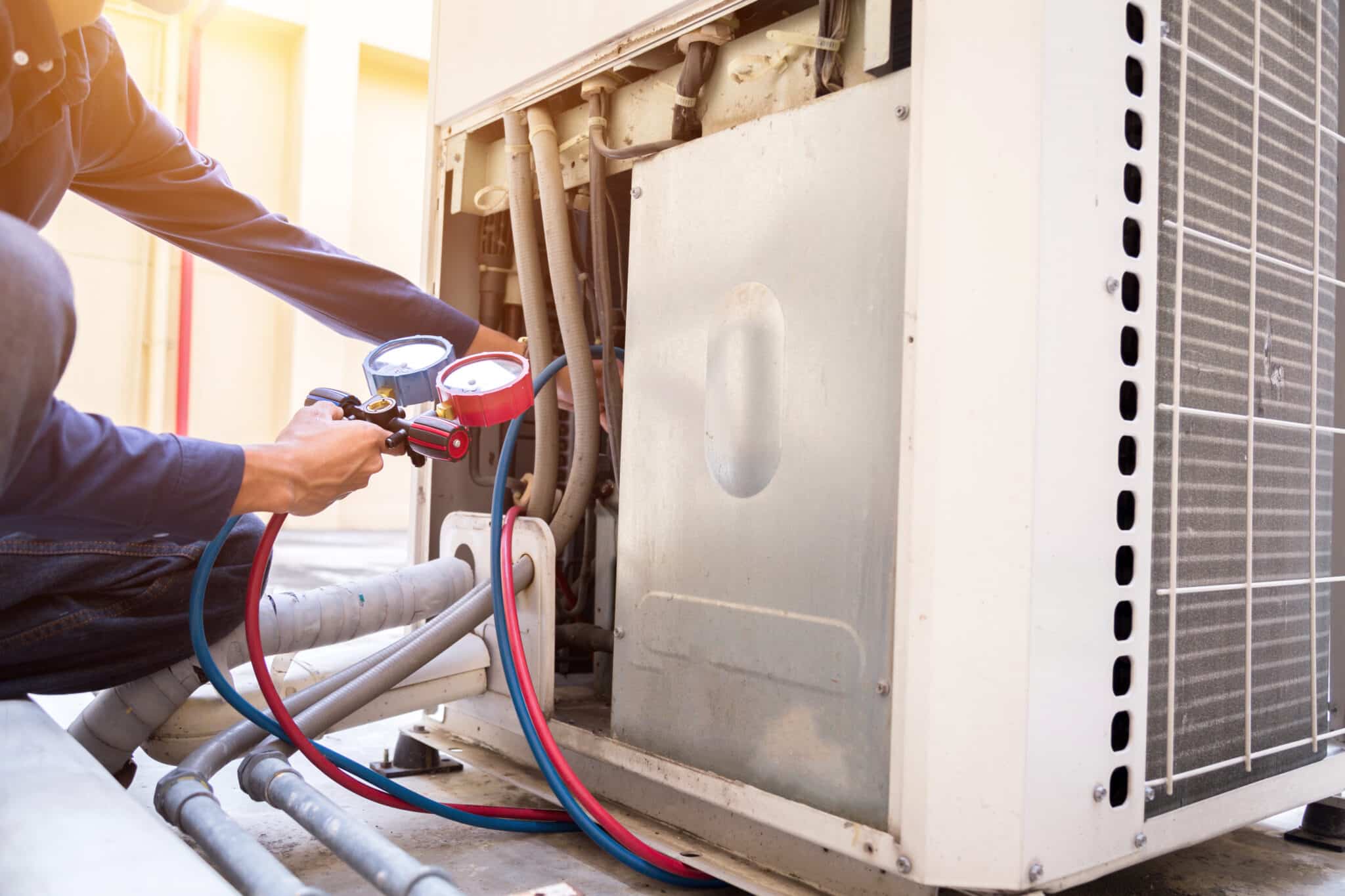
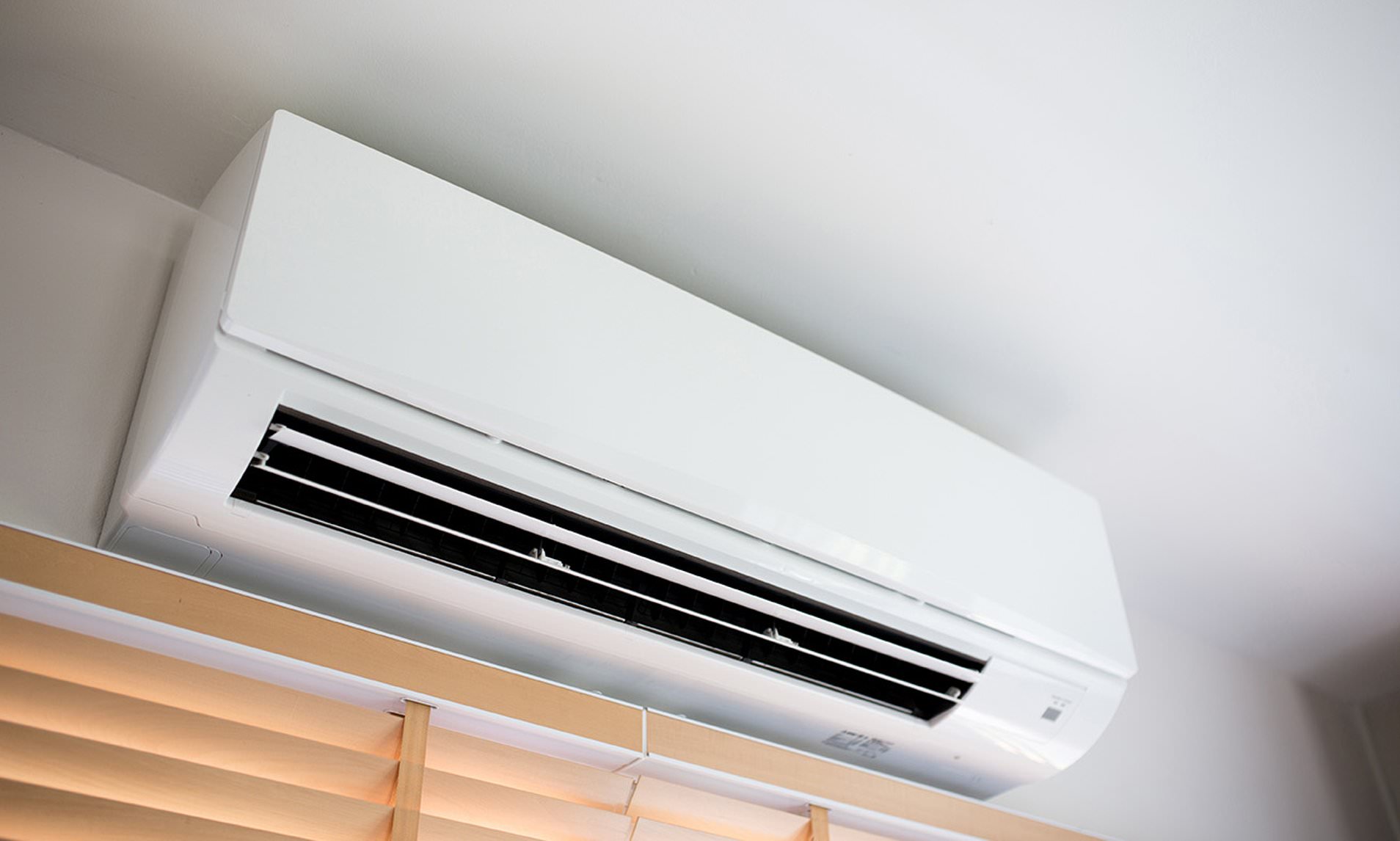
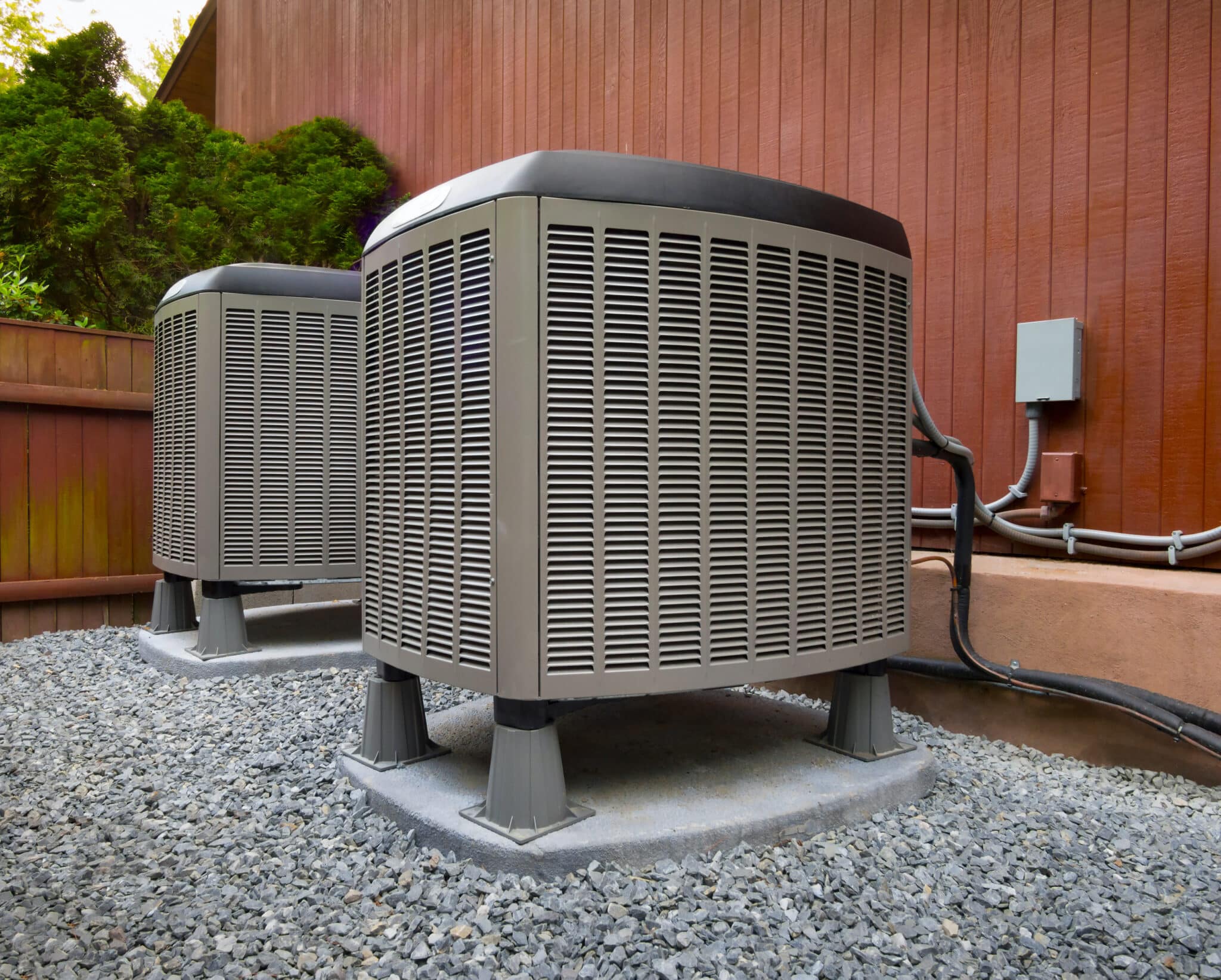
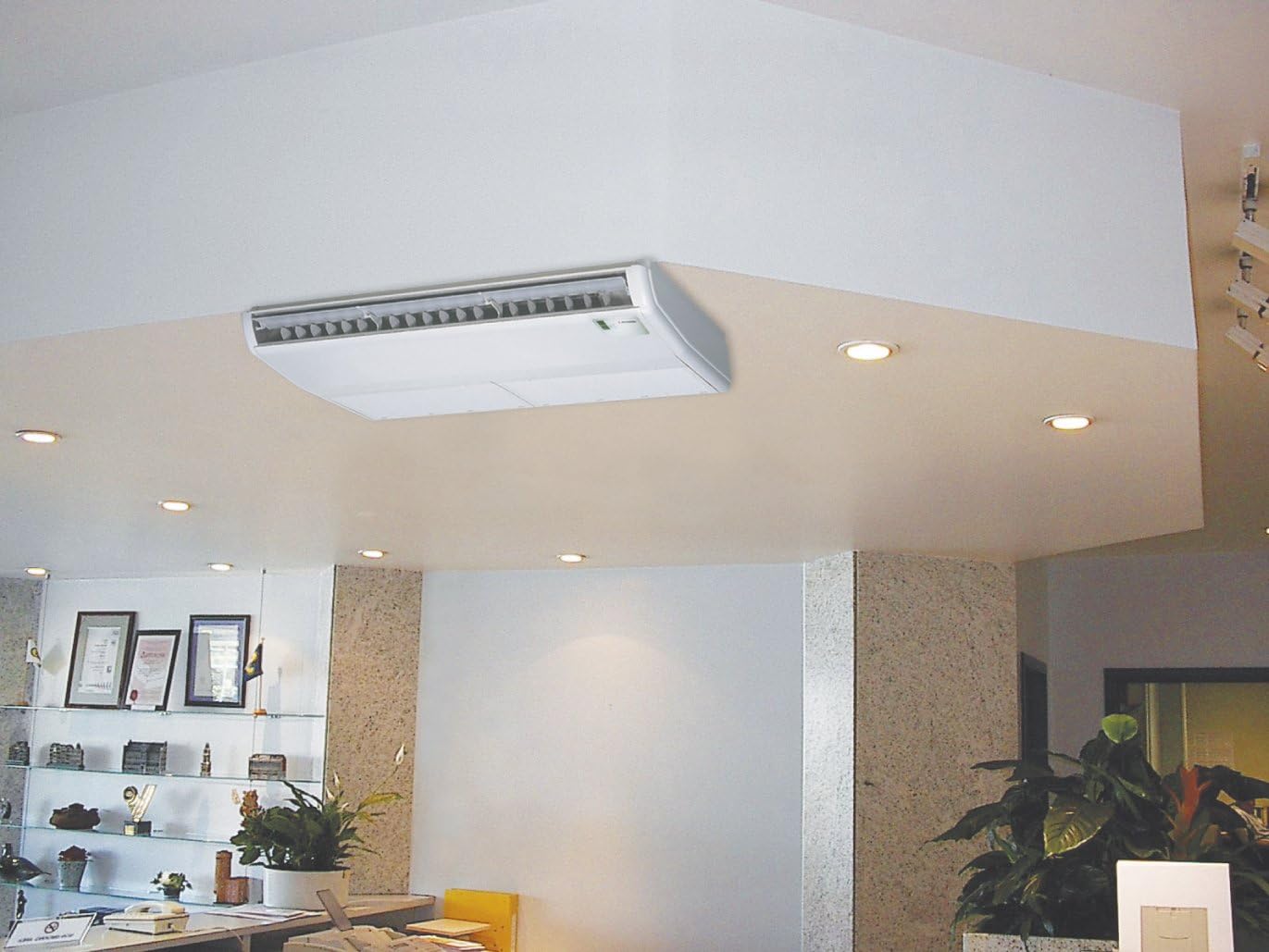
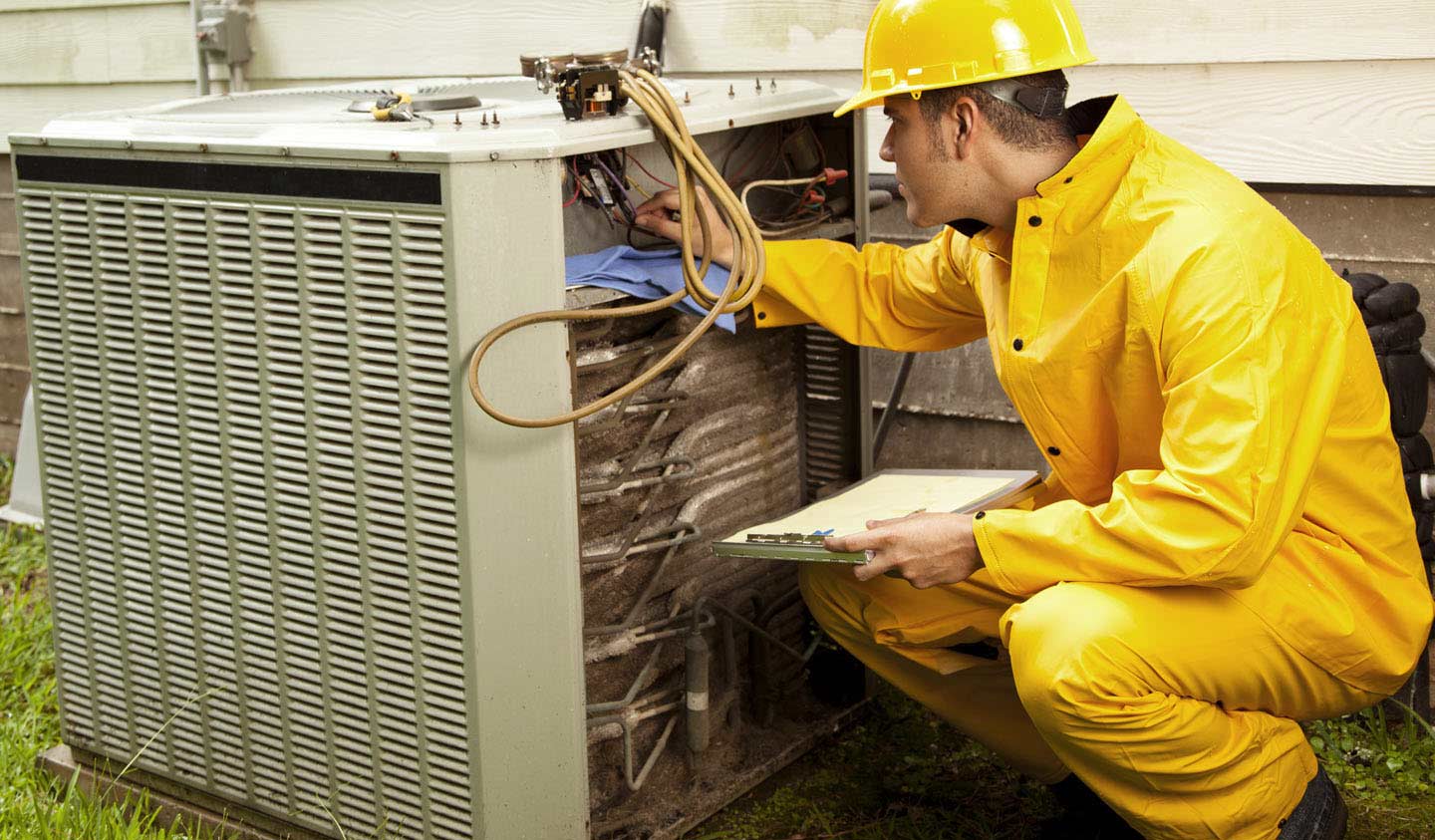
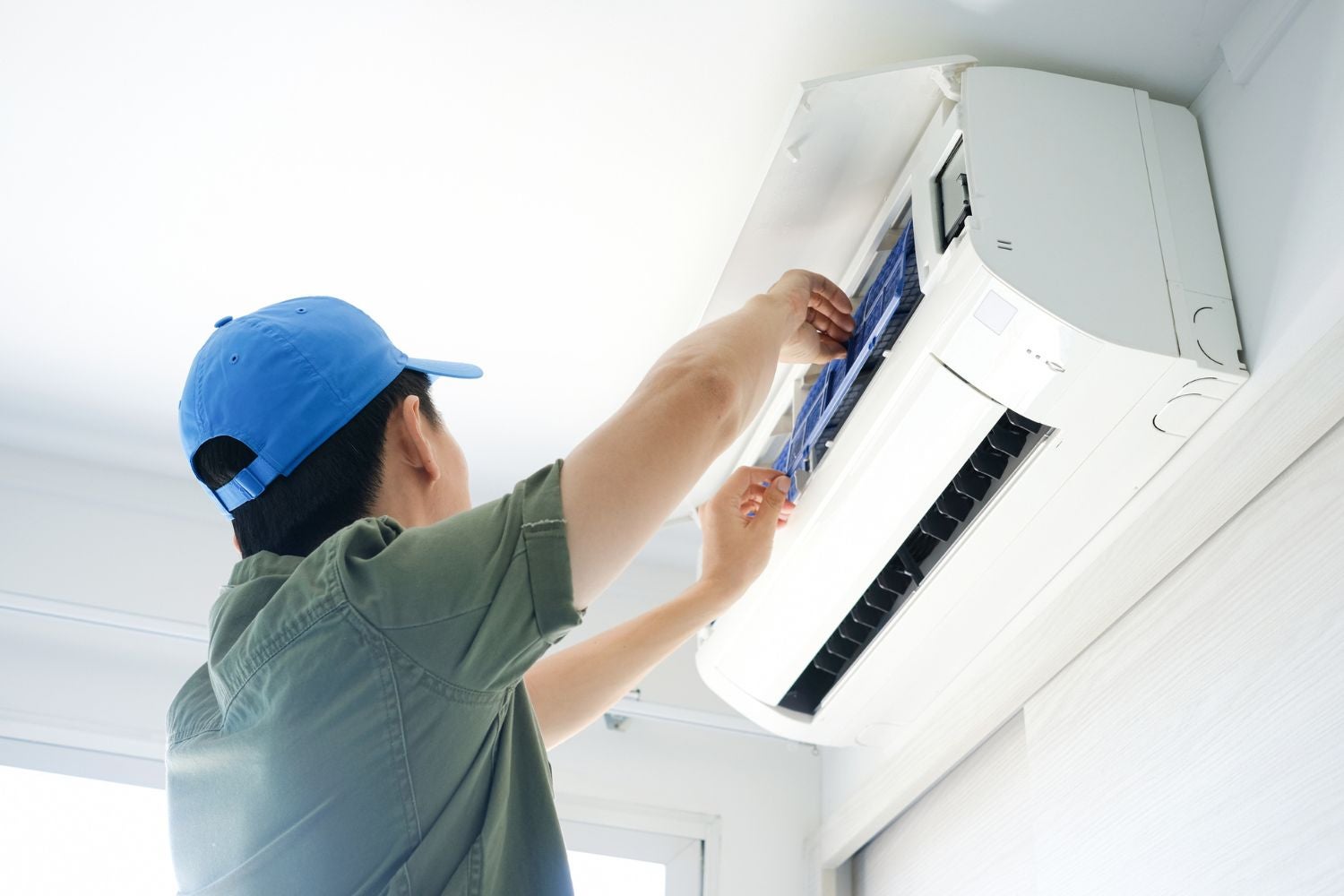
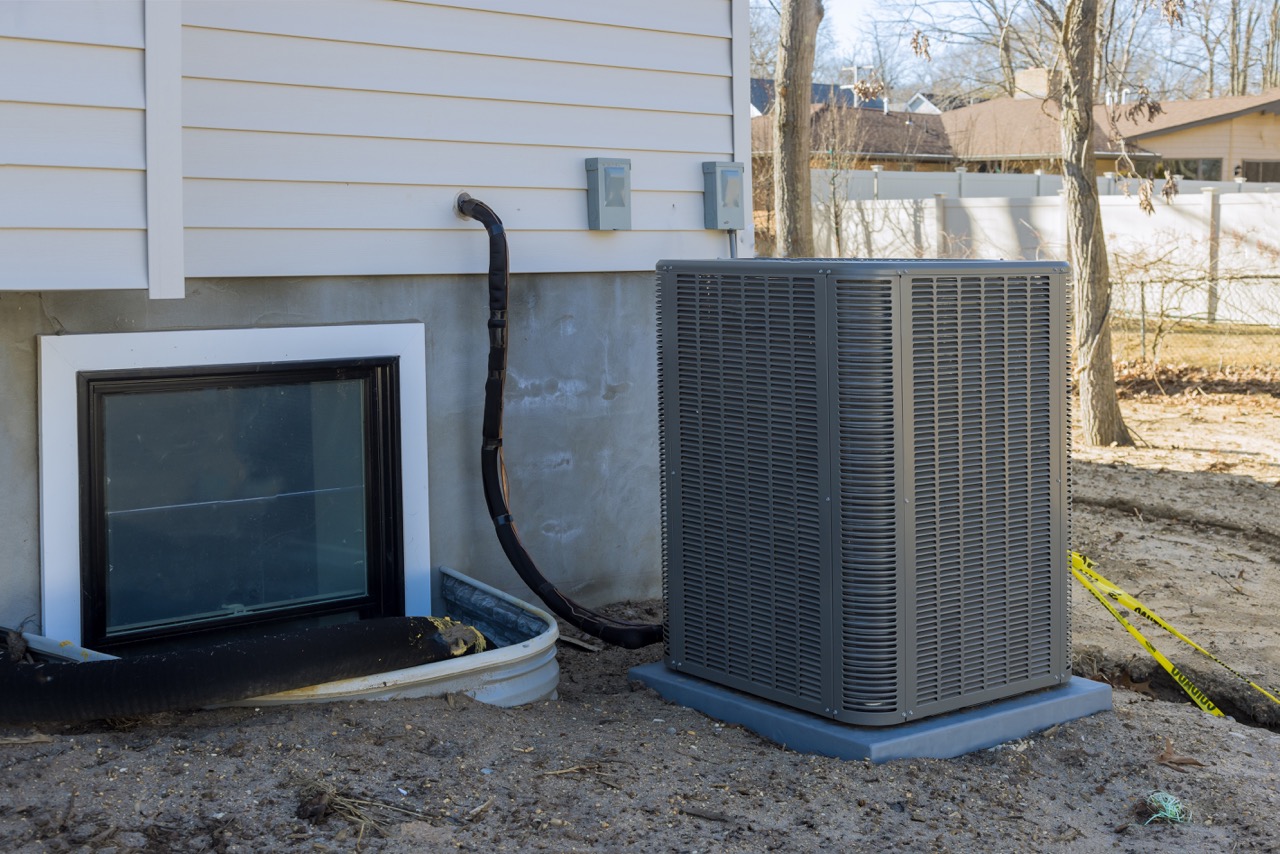

0 thoughts on “How Much Is a Fan Motor for an AC Unit”